 The end of the Second world war and the beginning of the war “cold” put shipbuilders leading countries of the world in a very difficult situation. What will be the fleet of the near future? A plausible answer to this question. On the one hand, the naval theorists and engineers have gained an extensive experience of fighting the sea, which, it would seem that rightly could be considered the criterion of truth. On the other hand, progress in military technology has been so rapid that to follow him is not always possible. Electronics, jet aircraft, guided missiles, nuclear weapons—all these innovations have required reflection, and the most reasonable solution here would be not to rush and to “pause”. However, to do so would have taken the United States by the end of 1945 they had a huge fleet and was considered to be the undisputed world leader. Other countries, especially those whose Navy suffered heavy losses, could not wait and started to build new ships immediately. The result of this venture was quite natural: the first post-war destroyers, developed on the basis of previous projects, at the time of entry into service turned out to be obsolete and unfit for combat missions in a new environment.
The end of the Second world war and the beginning of the war “cold” put shipbuilders leading countries of the world in a very difficult situation. What will be the fleet of the near future? A plausible answer to this question. On the one hand, the naval theorists and engineers have gained an extensive experience of fighting the sea, which, it would seem that rightly could be considered the criterion of truth. On the other hand, progress in military technology has been so rapid that to follow him is not always possible. Electronics, jet aircraft, guided missiles, nuclear weapons—all these innovations have required reflection, and the most reasonable solution here would be not to rush and to “pause”. However, to do so would have taken the United States by the end of 1945 they had a huge fleet and was considered to be the undisputed world leader. Other countries, especially those whose Navy suffered heavy losses, could not wait and started to build new ships immediately. The result of this venture was quite natural: the first post-war destroyers, developed on the basis of previous projects, at the time of entry into service turned out to be obsolete and unfit for combat missions in a new environment.
Read more
 The first domestic anti-tank missile system (ATGM) was “bumblebee”, developed in Kolomna SKB engineering under the guidance of S. P. Invincible. However, quite a large mass and a decent size anti-tank guided missile (ATGM) ЗМ6 from the beginning forced the designers to focus on the self-propelled version. And since 1957, at the same time developed two sample latest: 2K15 on the basis of army all-terrain vehicle GAZ-69 (army 2П26) 2K16 and on the basis of BRDM (combat vehicle 2П27). The calculation of both launchers consisted of two people, the rate of fire of two shots per minute, control system — manual, wires. The complex “bumblebee” was adopted in August 1960 and immediately launched into serial production.
The first domestic anti-tank missile system (ATGM) was “bumblebee”, developed in Kolomna SKB engineering under the guidance of S. P. Invincible. However, quite a large mass and a decent size anti-tank guided missile (ATGM) ЗМ6 from the beginning forced the designers to focus on the self-propelled version. And since 1957, at the same time developed two sample latest: 2K15 on the basis of army all-terrain vehicle GAZ-69 (army 2П26) 2K16 and on the basis of BRDM (combat vehicle 2П27). The calculation of both launchers consisted of two people, the rate of fire of two shots per minute, control system — manual, wires. The complex “bumblebee” was adopted in August 1960 and immediately launched into serial production. The first domestic anti-tank missile system (ATGM) was “bumblebee”, developed in Kolomna SKB engineering under the guidance of S. P. Invincible. However, quite a large mass and a decent size anti-tank guided missile (ATGM) ЗМ6 from the beginning forced the designers to focus on the self-propelled version. And since 1957, at the same time developed two sample latest: 2K15 on the basis of army all-terrain vehicle GAZ-69 (army 2П26) 2K16 and on the basis of BRDM (combat vehicle 2П27). The calculation of both launchers consisted of two people, the rate of fire of two shots per minute, control system — manual, wires. The complex “bumblebee” was adopted in August 1960 and immediately launched into serial production.
The first domestic anti-tank missile system (ATGM) was “bumblebee”, developed in Kolomna SKB engineering under the guidance of S. P. Invincible. However, quite a large mass and a decent size anti-tank guided missile (ATGM) ЗМ6 from the beginning forced the designers to focus on the self-propelled version. And since 1957, at the same time developed two sample latest: 2K15 on the basis of army all-terrain vehicle GAZ-69 (army 2П26) 2K16 and on the basis of BRDM (combat vehicle 2П27). The calculation of both launchers consisted of two people, the rate of fire of two shots per minute, control system — manual, wires. The complex “bumblebee” was adopted in August 1960 and immediately launched into serial production.
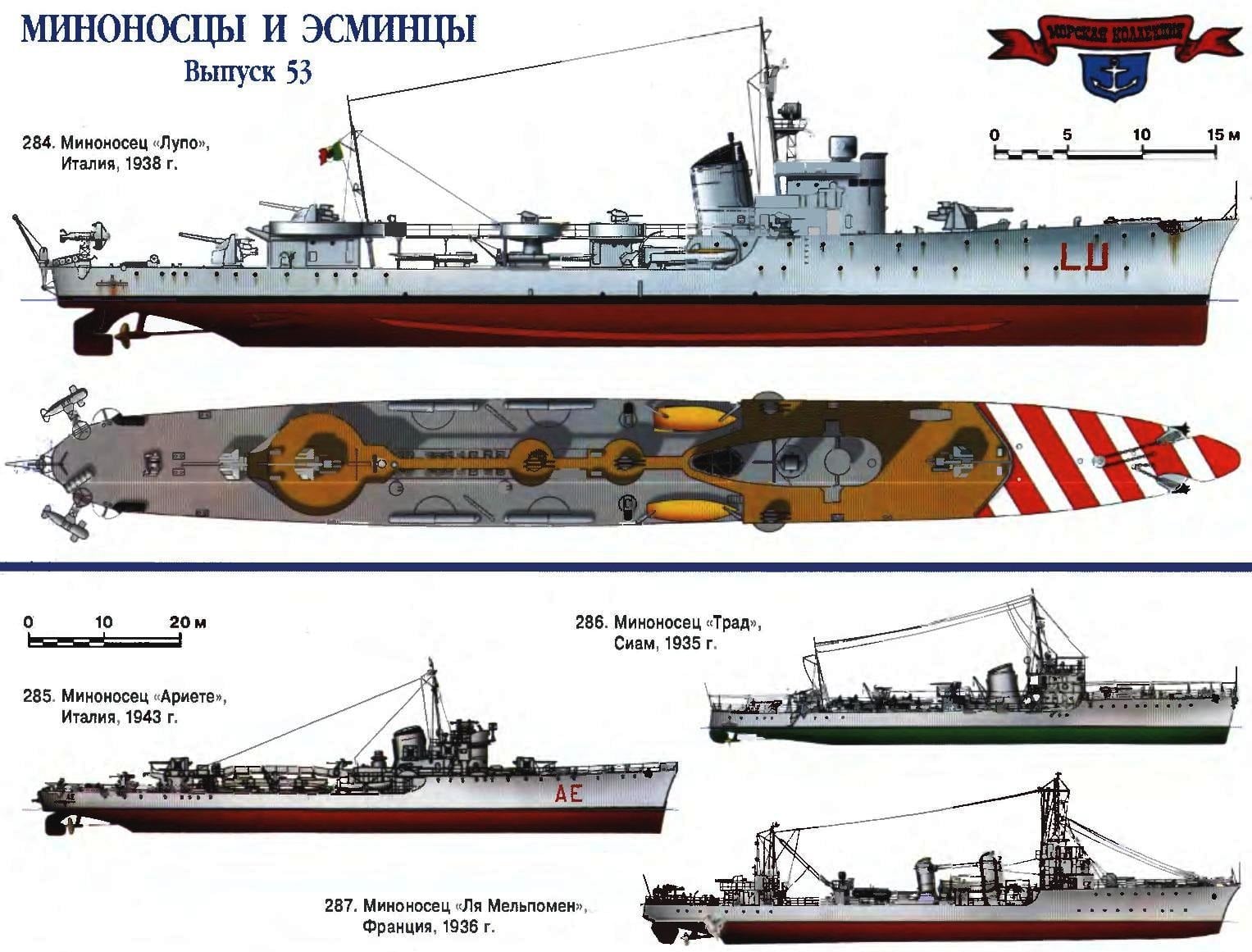
 If the aerial part of the German operation for the invasion of Crete in may 1940, no doubt, was an outstanding achievement and entered the history of the art of war, its Maritime component looked just pathetic. The so-called “First light convoy”, intended to capture the airfield at Maleme, consisted of two dozen commandeered the Greeks of motor boats and small coasting boats to the full loaded troops, weapons and ammunition. The only warship, which was assigned to protect the caravan from the enemy fleet, was a small Italian torpedo boat “Lupo” commanded by captain 2 rank, Francesco Mimbelli.
If the aerial part of the German operation for the invasion of Crete in may 1940, no doubt, was an outstanding achievement and entered the history of the art of war, its Maritime component looked just pathetic. The so-called “First light convoy”, intended to capture the airfield at Maleme, consisted of two dozen commandeered the Greeks of motor boats and small coasting boats to the full loaded troops, weapons and ammunition. The only warship, which was assigned to protect the caravan from the enemy fleet, was a small Italian torpedo boat “Lupo” commanded by captain 2 rank, Francesco Mimbelli.
 This car rolled off the Assembly line of the Gorky automobile plant, sixty-six years ago — in March 1936, succeeding produced there the first mass Soviet passenger car GAZ-A. the Basis of the new car was the Ford V8, which replaced the suspension (instead of the transverse springs Gorky made a lateral). The motor “m” used from the previous model, and after upgrading he developed a power of 50 HP, driving the car to 105 km/h.
This car rolled off the Assembly line of the Gorky automobile plant, sixty-six years ago — in March 1936, succeeding produced there the first mass Soviet passenger car GAZ-A. the Basis of the new car was the Ford V8, which replaced the suspension (instead of the transverse springs Gorky made a lateral). The motor “m” used from the previous model, and after upgrading he developed a power of 50 HP, driving the car to 105 km/h.
 This plane can rightly be called the most successful American fighter of the Second world war. Experts from the U.S. Navy estimated that 75 percent of all air victories of the naval aviation of the United States, accounted for F6F-3 HELLCAT. On battle account carrier — based fighter- 4947 shot down in aerial combat aircraft, and 209 downed F6F-3 land-based.
This plane can rightly be called the most successful American fighter of the Second world war. Experts from the U.S. Navy estimated that 75 percent of all air victories of the naval aviation of the United States, accounted for F6F-3 HELLCAT. On battle account carrier — based fighter- 4947 shot down in aerial combat aircraft, and 209 downed F6F-3 land-based.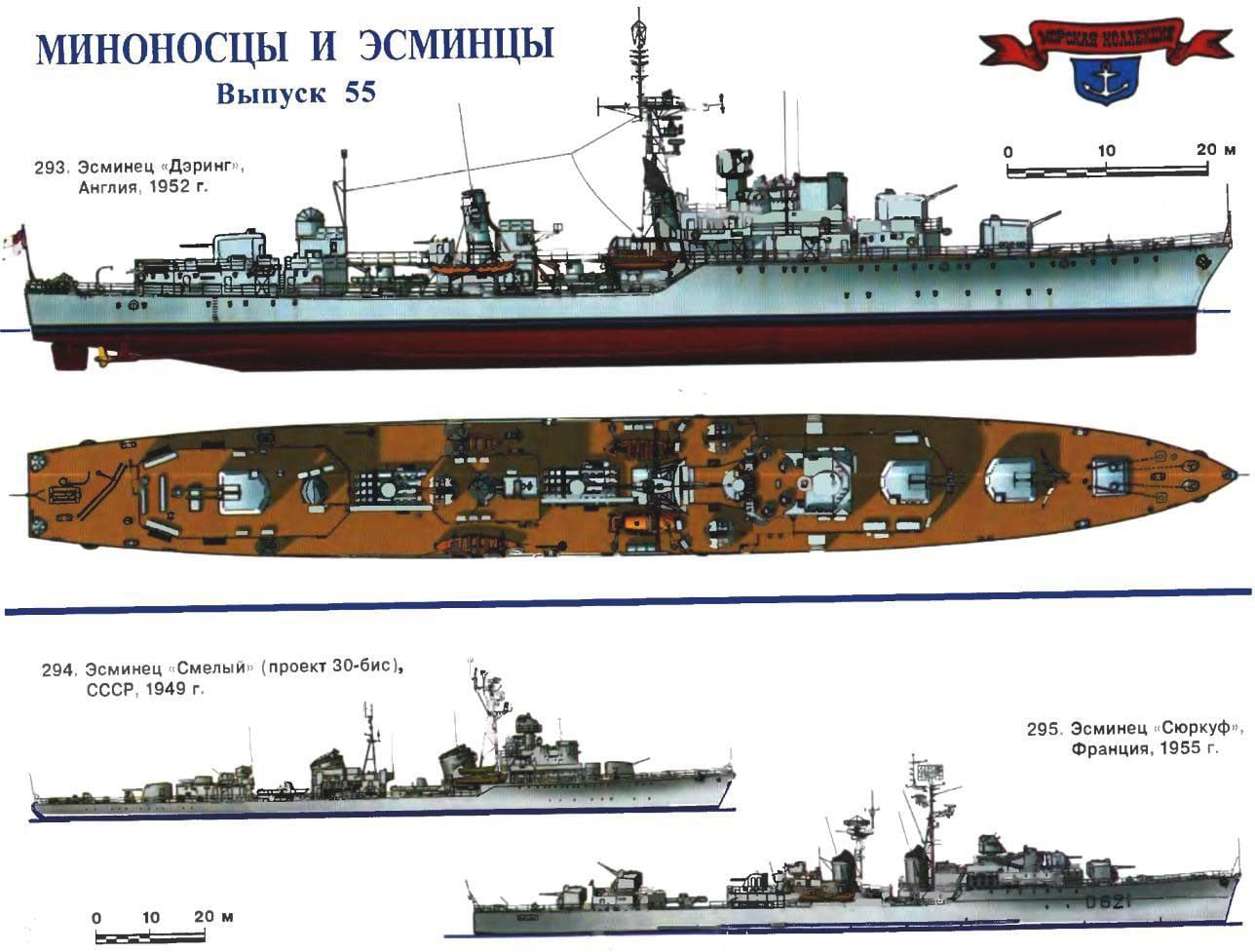
 The end of the Second world war and the beginning of the war “cold” put shipbuilders leading countries of the world in a very difficult situation. What will be the fleet of the near future? A plausible answer to this question. On the one hand, the naval theorists and engineers have gained an extensive experience of fighting the sea, which, it would seem that rightly could be considered the criterion of truth. On the other hand, progress in military technology has been so rapid that to follow him is not always possible. Electronics, jet aircraft, guided missiles, nuclear weapons—all these innovations have required reflection, and the most reasonable solution here would be not to rush and to “pause”. However, to do so would have taken the United States by the end of 1945 they had a huge fleet and was considered to be the undisputed world leader. Other countries, especially those whose Navy suffered heavy losses, could not wait and started to build new ships immediately. The result of this venture was quite natural: the first post-war destroyers, developed on the basis of previous projects, at the time of entry into service turned out to be obsolete and unfit for combat missions in a new environment.
The end of the Second world war and the beginning of the war “cold” put shipbuilders leading countries of the world in a very difficult situation. What will be the fleet of the near future? A plausible answer to this question. On the one hand, the naval theorists and engineers have gained an extensive experience of fighting the sea, which, it would seem that rightly could be considered the criterion of truth. On the other hand, progress in military technology has been so rapid that to follow him is not always possible. Electronics, jet aircraft, guided missiles, nuclear weapons—all these innovations have required reflection, and the most reasonable solution here would be not to rush and to “pause”. However, to do so would have taken the United States by the end of 1945 they had a huge fleet and was considered to be the undisputed world leader. Other countries, especially those whose Navy suffered heavy losses, could not wait and started to build new ships immediately. The result of this venture was quite natural: the first post-war destroyers, developed on the basis of previous projects, at the time of entry into service turned out to be obsolete and unfit for combat missions in a new environment.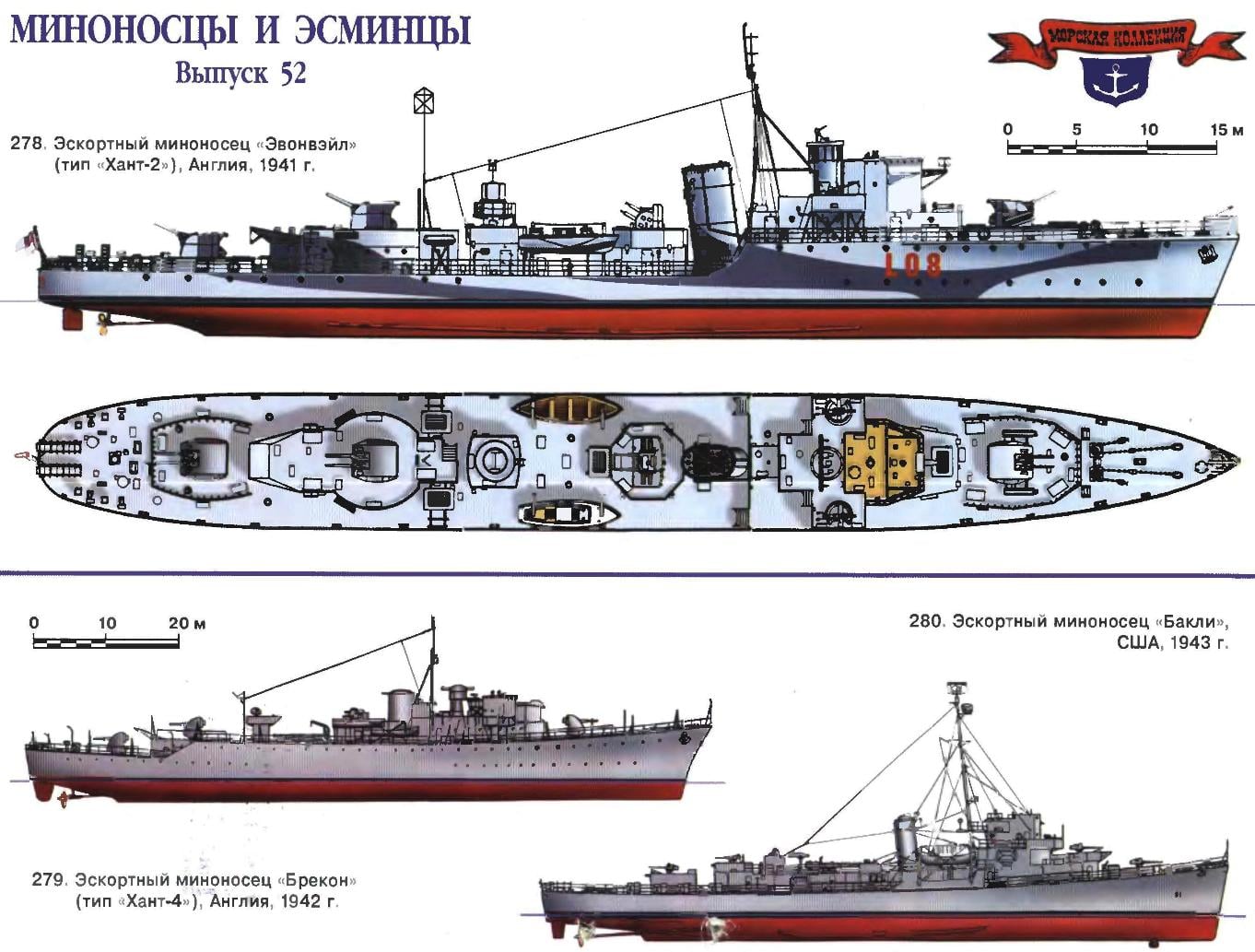
 Inevitably looming at the end of the 30-ies of the threat of war forced the British Admiralty to take all possible measures to strengthen the fleet, and to do this required quickly and at minimal cost. If the ensuring action of the fighting force of the fleet one way or another was solved through the construction of various types of destroyers, as we told you in previous issues, the issue of the protection of navigation in the waters surrounding Britain and her possessions, looked much sharper. Three dozen sloops, mostly obsolete, slow moving, not able to ward off even the plane-“whatnot” — that could oppose the “mistress of the seas” potential enemy for tens of thousands of miles coastal strip of the Empire, which yet “never the sun went down”.
Inevitably looming at the end of the 30-ies of the threat of war forced the British Admiralty to take all possible measures to strengthen the fleet, and to do this required quickly and at minimal cost. If the ensuring action of the fighting force of the fleet one way or another was solved through the construction of various types of destroyers, as we told you in previous issues, the issue of the protection of navigation in the waters surrounding Britain and her possessions, looked much sharper. Three dozen sloops, mostly obsolete, slow moving, not able to ward off even the plane-“whatnot” — that could oppose the “mistress of the seas” potential enemy for tens of thousands of miles coastal strip of the Empire, which yet “never the sun went down”.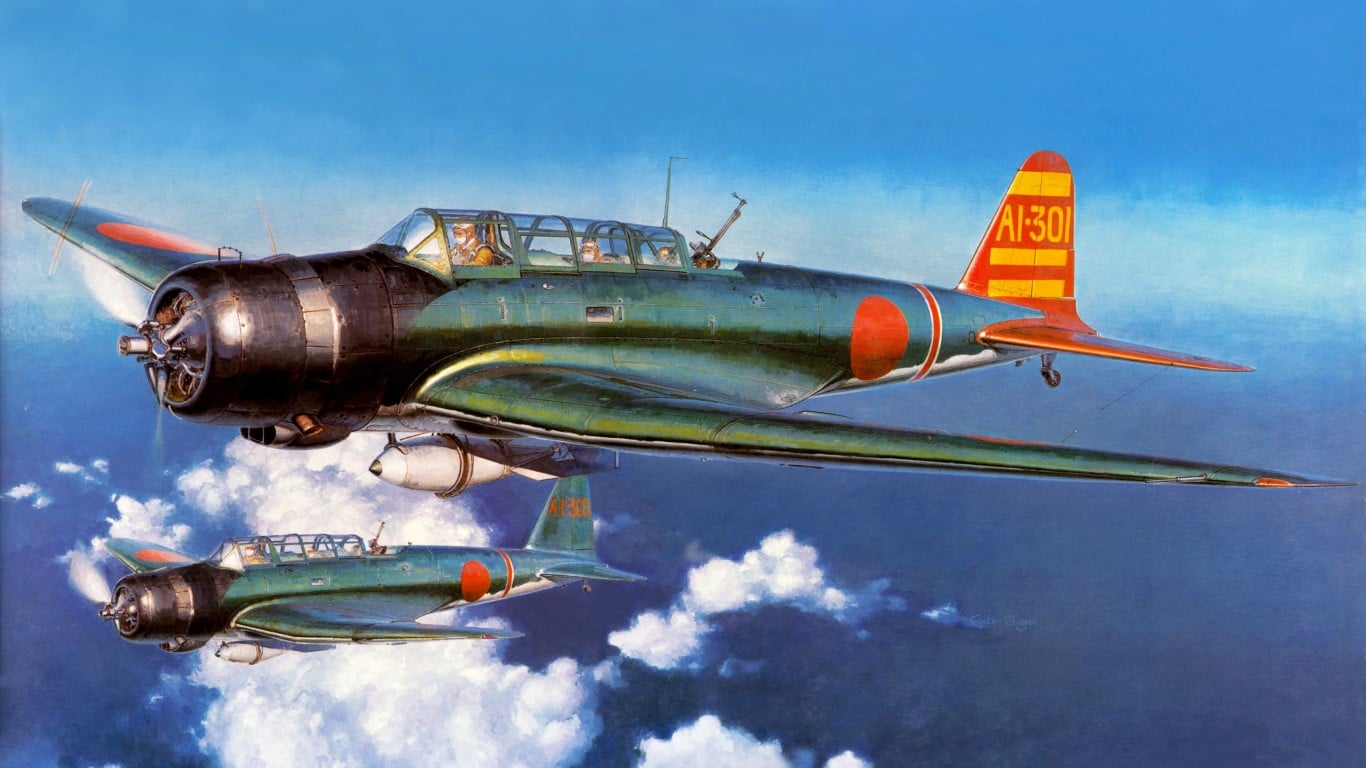
 This Japanese carrier-based torpedo bomber with radial engine, Nakajima “Hikari 1” made its first flight in January 1937. Delivery of the first production NAKAJIMA B5N1 on Japanese carriers launched in 1938. A year later, an upgraded version of the aircraft NAKAJIMA B5N2 was released with a more powerful engine Nakajima “Sakae 11”. B5N2 considered the best in the world deck torpedo bomber-1941.
This Japanese carrier-based torpedo bomber with radial engine, Nakajima “Hikari 1” made its first flight in January 1937. Delivery of the first production NAKAJIMA B5N1 on Japanese carriers launched in 1938. A year later, an upgraded version of the aircraft NAKAJIMA B5N2 was released with a more powerful engine Nakajima “Sakae 11”. B5N2 considered the best in the world deck torpedo bomber-1941.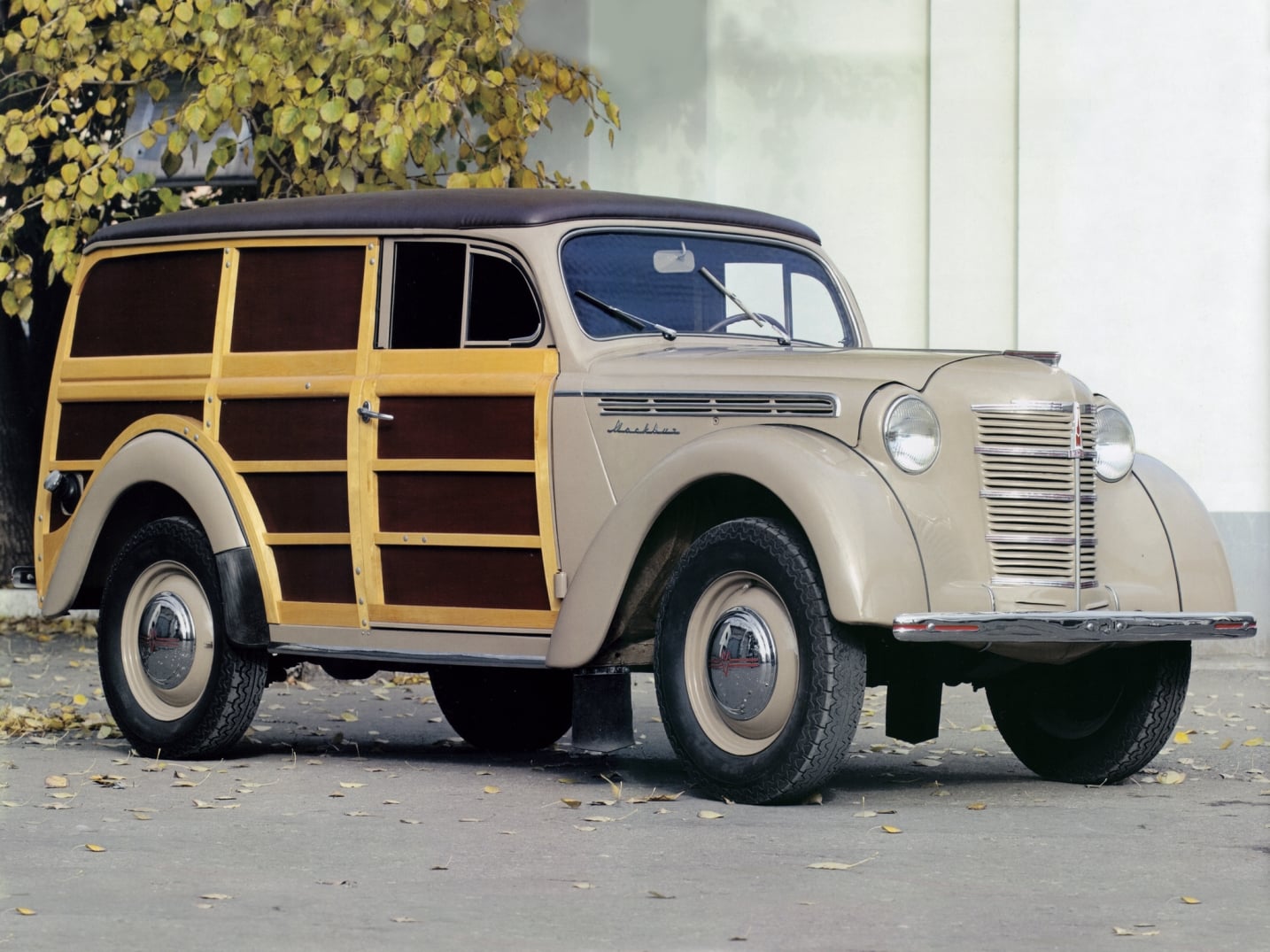

 After the Second world war in accordance with the decisions of the Crimean and Potsdam conferences of 1945, the victim of crushing defeat of Nazi Germany in the victorious countries flowed Golden streams of reparations. They were precious metals and valuable industrial raw materials, patents and promising development, foreign assets and plant equipment. One of these streams, which originate in the realm of the German company Opel, passing through the half of Europe, joined to the territory of the Moscow plant of small cars (former car Assembly plant of a name of the Communist youth international), to lay the Foundation of mass production of the first Soviet car “Moskvich-400”.
After the Second world war in accordance with the decisions of the Crimean and Potsdam conferences of 1945, the victim of crushing defeat of Nazi Germany in the victorious countries flowed Golden streams of reparations. They were precious metals and valuable industrial raw materials, patents and promising development, foreign assets and plant equipment. One of these streams, which originate in the realm of the German company Opel, passing through the half of Europe, joined to the territory of the Moscow plant of small cars (former car Assembly plant of a name of the Communist youth international), to lay the Foundation of mass production of the first Soviet car “Moskvich-400”.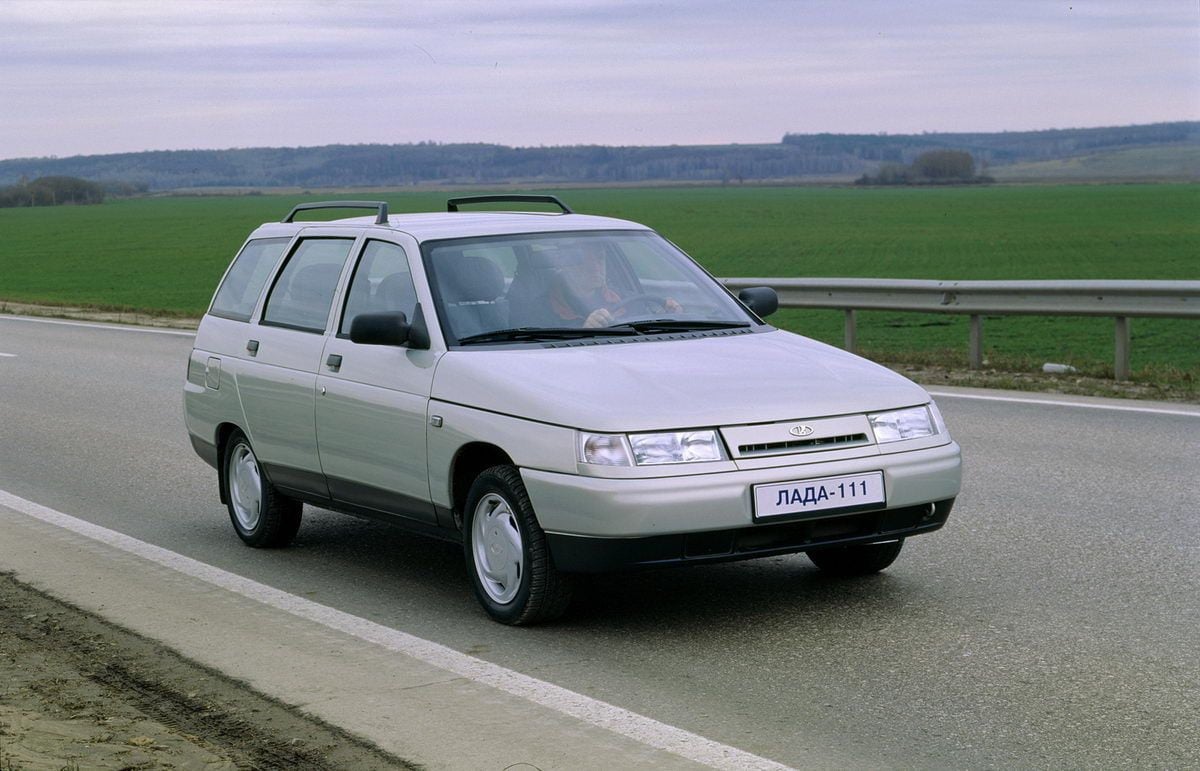
 The birth of the Volga automobile plant was preceded by the signing in 1966 of the agreement on technical cooperation between the Italian firm FIAT and Minavtoprom of the USSR. The first machine, which received the designation VAZ-2101, rolled off the Assembly line in 1970.
The birth of the Volga automobile plant was preceded by the signing in 1966 of the agreement on technical cooperation between the Italian firm FIAT and Minavtoprom of the USSR. The first machine, which received the designation VAZ-2101, rolled off the Assembly line in 1970.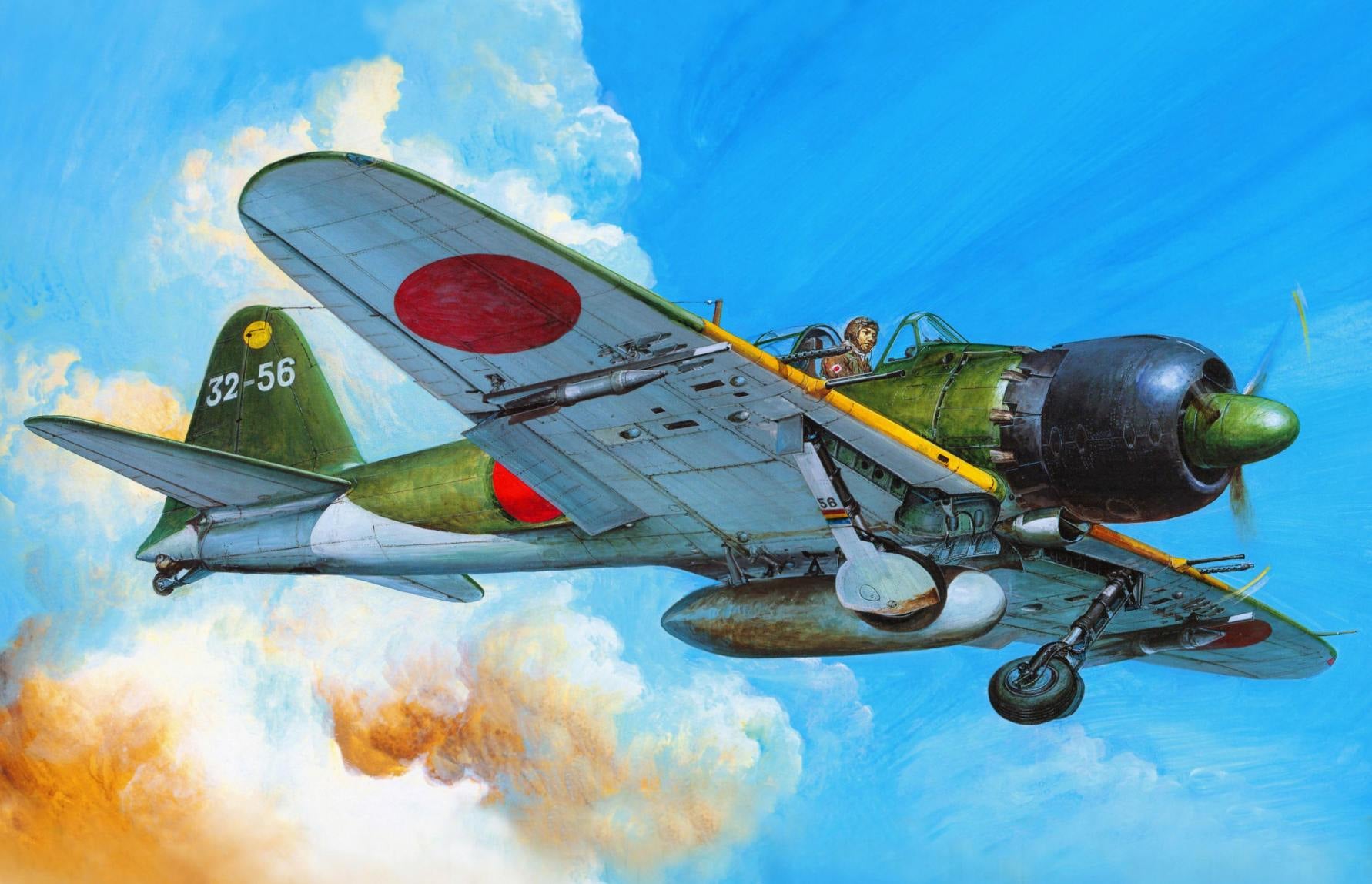
 The number of these fighters were produced in eight versions of the Japanese industrial concern Mitsubishi in 1939, amounted to about 10 499 (according to other sources — 10 937) copies. The A6M was designed in 1937, the Japanese designer Jiro Horikoshi. His first Pope the plane made on 1 April 1939.
The number of these fighters were produced in eight versions of the Japanese industrial concern Mitsubishi in 1939, amounted to about 10 499 (according to other sources — 10 937) copies. The A6M was designed in 1937, the Japanese designer Jiro Horikoshi. His first Pope the plane made on 1 April 1939.